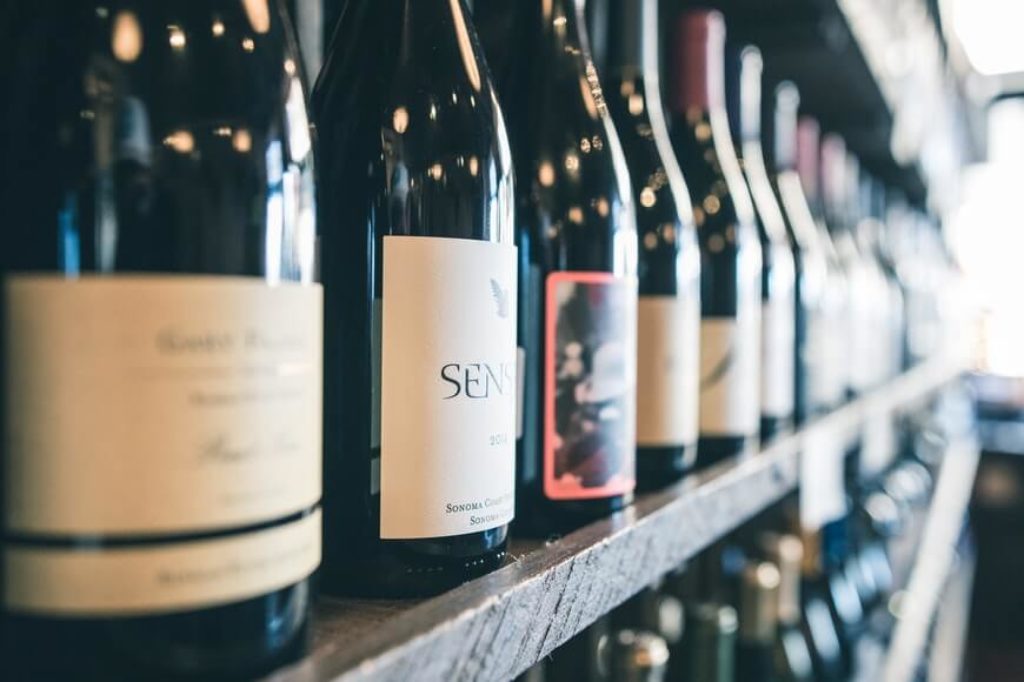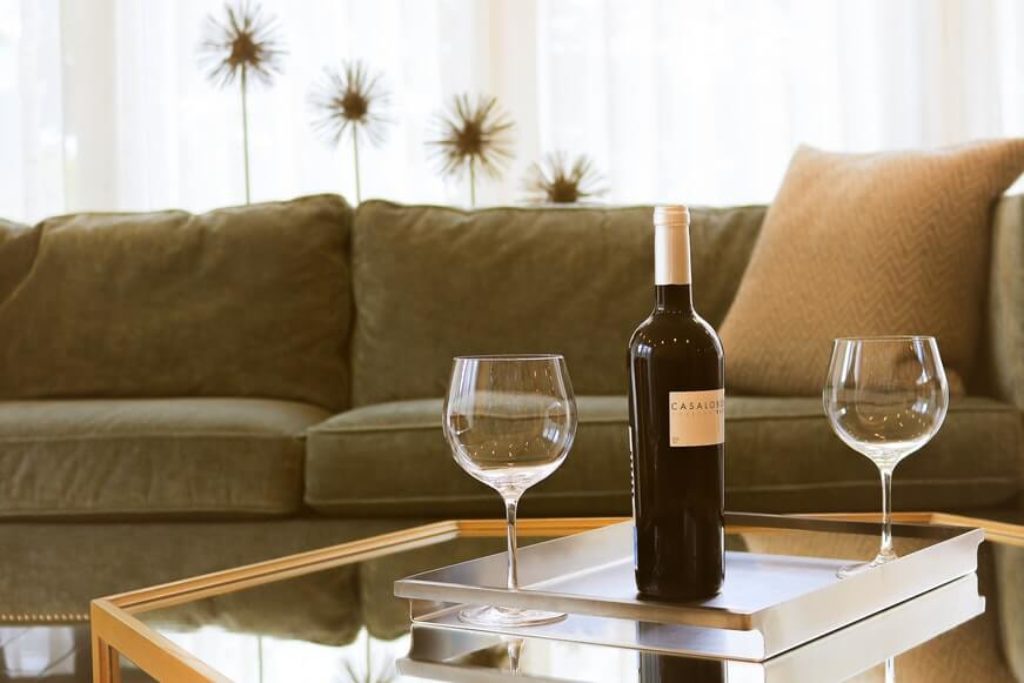When food and wine are properly paired, both are elevated. When it comes to picking which wine to give your guests or to enjoy for yourself, personal preference and current mood are important factors to consider. However, as any wine connoisseur or foodie knows, there is a slew of objective elements to consider.

But how can you know which wines will go well with what you’re serving? There are a few simple, tried-and-true methods for discovering terrific food and wine combinations.
The Concordance and Contraposition Rules for Wine and Food Pairing
The structure of the food and the structure of the wine must coincide for the concordance matching to work. This implies that the food’s intensity, level of spice, and overall sensations must exactly complement the wine’s primary scents.
The concordance rule applies mainly to the sense of sweetness. This suggests that any sweet dish should be paired with a sweet wine. This guideline normally applies to desserts, and it holds even when it comes to sparkling wine.

When you can’t pair a wine with a certain food using the concordance rule, you should use resort to using the contraposition rule. From the word contrast, you balance out you use the wine and the food, two opposite flavors, to balance out the flavor and sensation in your mouth.
One of the best examples of this rule is using a wine’s deep and sharp flavor when eating oily dishes such as roast, stew, or anything with fish to cut through the grease. Another example of contraposition is people pairing the sweetest dessert they have with the wine to let the flavors form harmony in their mouths.
The European Elites’ Techniques For Wine And Food Pairing
We must recognize that it all started in Europe, with the English, French, and Italian schools of thought reigning supreme in terms of wine and food pairing.
The French school follows a tight philosophy, with a few exceptions. There is a genuine Decalogue of wine and food matching developed by French sommeliers, and there are innumerable guidelines to consider when picking the correct wine for your dish.

Sommeliers in France think that wines with lower alcohol content should be served first, followed by those with the highest alcohol content. They also advise drinking water before moving on to another sort of wine to completely enjoy its aroma and bouquet.
The following are more French food and wine combination rules:
- Red meat or game should never be paired with white wine.
- The lighter wines should be served first, followed by the heavier ones.
- Wines that have been chilled must be served first, followed by wines that have been served at room temperature.
- Fish, crabs, and mussels cannot be served with aged red wine.
- White wines should always be served first, followed by red wines.
- Various wines should be paired with various sorts of cuisine throughout a meal.
More straightforward tips from European sommeliers:
- Your best option for fish is white wine.
- Wines that are tannic or acidic go well with greasy or oily foods.
- Wines with a lot of residual sugar go well with spicy foods.
- Rosé Wines are a great middle ground.
Takeaway
Even though these are the procedures preferred by wine professionals, even the best sommeliers concede that no approach is completely reliable for everyone’s taste. If you want to amaze everyone with your knowledge and talents, the greatest thing you can do is master the techniques and then apply them according to your unique preferences.

These recommendations can assist you in discovering new food and wine pairings that you enjoy, especially if you’re a beginner. But don’t be frightened to try new things. You could discover a new combo that appeals to your taste buds.
